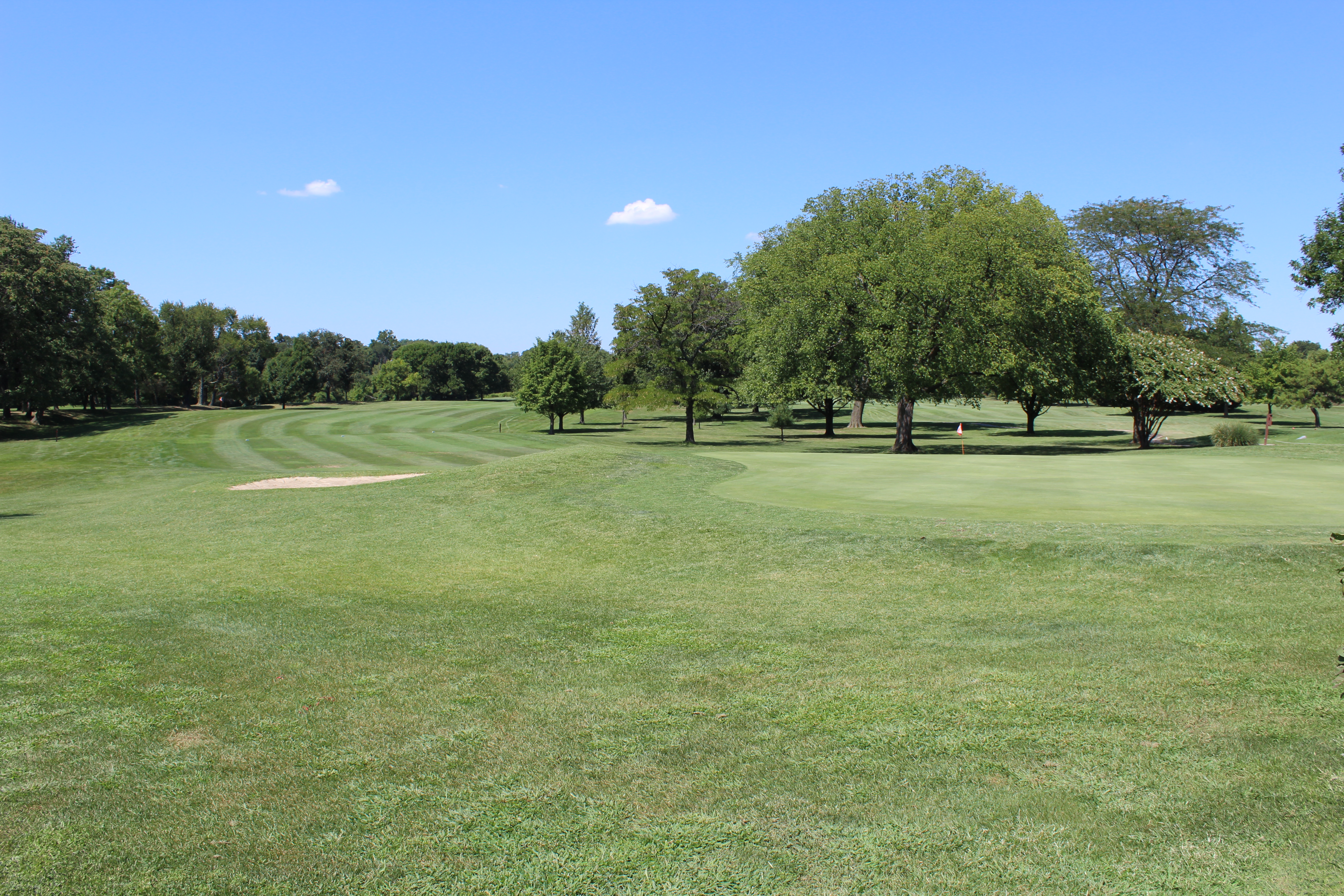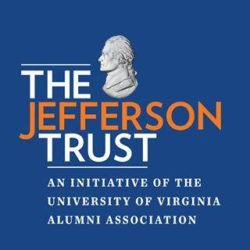Monumental

The fairway at Carroll Park Golf Course, a Baltimore City facility where the Monumental Golf Club was allowed to play.

Looking north on St. Paul Street at Preston Gardens. 14 East Pleasant is the three-and-one-half story 3-bay brick side-gable roof structure in the background just over the square sign in the median. It was the building where Dallas Nicholas and other African American attorneys had their practice. From 1939 through 1941, The Green Book carried the listing for the Monumental Golf Club with its location at Nicholas' office. Source: Works Progress Administration of Maryland, Baltimore, "WPA Project #16, Restoration of Preston Gardens,” 1934-1935. Maryland Department Photograph Collection. Courtesy of Enoch Pratt Free Library, Maryland's State Library Resource Center

The Carroll Park Golf Course Buildings shown on the 1950 Sanborn Insurance Company Map P. 72.
Known Name(s)
Monumental
Address
14 East Pleasant Street Baltimore, MD
Establishment Type(s)
Golf Club
Physical Status
Demolished
Description
The office building on Pleasant Street that was used as the address for the Monumental Golf Club was a three-story brick office building that has been demolished. However, the golf course where Baltimore African Americans were allowed to play is Carroll Park in the southwest section of the city. It is a 9-hole course and at one time the greens were said to be more sand than grass.
Detailed History
Well-to-do African Americans played golf, but access to Baltimore City's municipal golf courses from the 1930s through 1945 was problematic due to segregation. The City had golf courses constructed in four city parks, and starting in 1934, Carroll Park in the southwest part of the city was open to African Americans, who were allowed to play on Mondays, Wednesdays, Fridays and alternate Sundays. The course was used by the two golf clubs active in the city, Monumental and Cosmopolitan. Dallas Nicholson, a lawyer with offices at 14 East Pleasant Street was the Monumental Golf Club's President, and he brought suit against the City's Parks Department demanding that the City provide equal facilities for African American golfers under the requirements of Plessy v. Ferguson, which was the way the NAACP fought for better schools. Although Mrs. Lillie May Jackson considered the suit frivilous, the golfers were successful in receiving improved facilities in 1945 with a new clubhouse and improved playing surfaces. Perhaps as a way to advertise the legal issue, the Monumental Golf Club is listed in The Green Book in 1940 and 1941. African American golfers were allowed access to all the City's courses during World War II. By 1951, all the City's golf courses were fully desegregated. 14 East Pleasant Street has been demolished, and the 1945 Carroll Park Clubhouse has been replaced, but the Carroll Park Golf Course continues to be actively used today. See, Webb, James E. II (2006) "Historical Geography of Racial and Ethnic Access withiin Baltimore's Carroll Park, 1870-1954."



